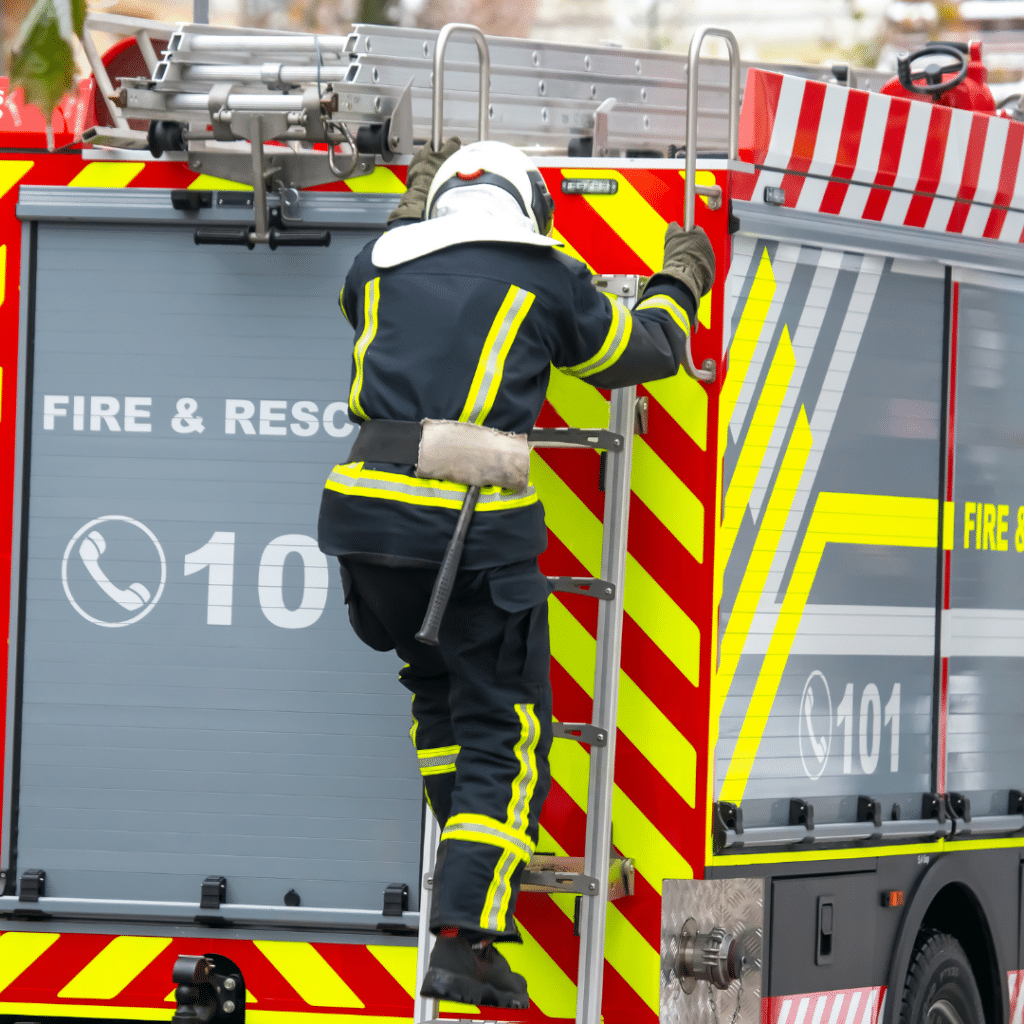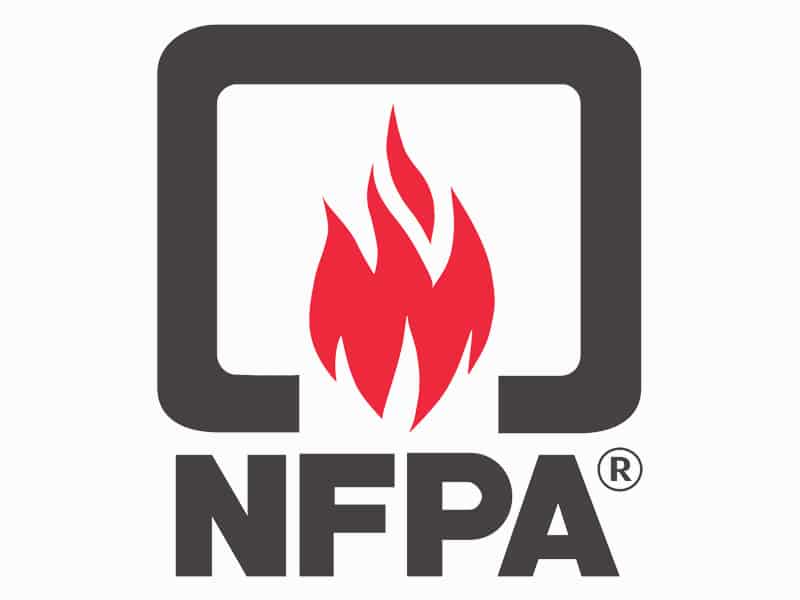
Fire safety is a critical concern in both residential and commercial settings, requiring a robust framework of standards and regulations to mitigate risks and ensure the safety of lives and property. One organization at the forefront of establishing these standards and promoting fire safety is the National Fire Protection Association (NFPA). This article delves into the significance of NFPA accreditation and its impact on enhancing fire safety measures.
Understanding the National Fire Protection Association (NFPA)
The National Fire Protection Association (NFPA) is a prominent organization dedicated to addressing and mitigating the risks associated with fires. Established in 1896, the NFPA has since played a pivotal role in developing codes and standards related to fire safety, electrical safety, building and life safety, emergency response, and numerous other critical areas.
The NFPA’s role encompasses conducting research, providing training, disseminating educational resources, and advocating for improved fire safety measures across various industries and sectors. The association collaborates with professionals, government agencies, academics, and stakeholders to continuously evolve and update their standards, ensuring they remain relevant and effective in addressing the ever-evolving challenges of fire safety.
The Importance of NFPA Accreditation
NFPA accreditation is a significant indicator of an individual or organization’s commitment to upholding the highest standards of fire safety. It signifies a level of expertise and compliance with the rigorous criteria set forth by the NFPA. Whether an individual seeking certification or an organization aiming to improve its fire safety protocols, achieving NFPA accreditation is a notable achievement.
- Expertise and KnowledgeNFPA accreditation requires individuals to undergo comprehensive training and education related to fire safety standards and practices. This process ensures that accredited individuals possess the necessary expertise and knowledge to effectively navigate and implement NFPA codes and standards.
- Adherence to Stringent StandardsThe NFPA sets stringent criteria for accreditation, demanding adherence to specific protocols and guidelines. This adherence guarantees that accredited professionals and organizations are committed to maintaining the highest standards of fire safety in their operations.
- Enhanced Credibility and TrustNFPA accreditation enhances an individual’s or organization’s credibility within the fire safety industry and among clients or stakeholders. It serves as a trusted endorsement, showcasing a dedication to the field and the importance placed on safety.
- Competitive AdvantageBeing NFPA accredited provides a competitive edge in the fire safety industry. Accredited professionals and organizations are often preferred over non-accredited counterparts when seeking partnerships, projects, or employment opportunities.
- Legally Compliant PracticesNFPA-accredited entities are well-versed in current fire safety regulations, ensuring that their practices are legally compliant. This helps mitigate legal risks and liabilities associated with inadequate fire safety measures.
- Community and Public TrustNFPA accreditation instills trust in the community and the public, assuring them that accredited professionals and organizations possess the necessary qualifications to provide effective fire safety services and guidance.
Conclusion
In a world where fire safety is paramount, organizations like the National Fire Protection Association play a crucial role in setting and upholding the highest standards. NFPA accreditation represents a commitment to excellence, expertise, and stringent adherence to the best practices in fire safety. By achieving NFPA accreditation, individuals and organizations demonstrate their dedication to ensuring the safety and well-being of people and property in the face of potential fire-related risks.



